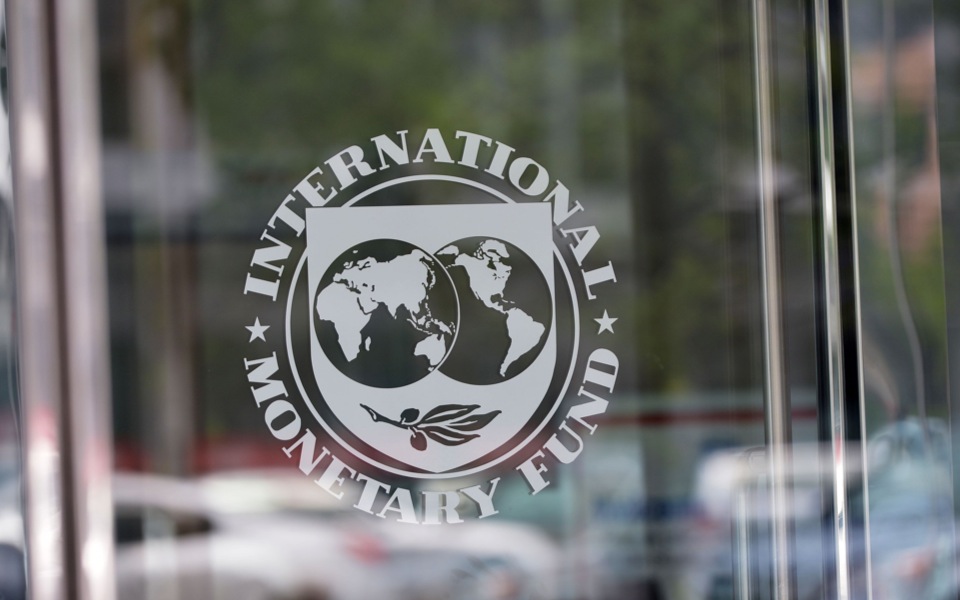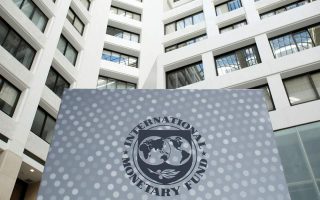Debt ‘unsustainable’ after 2038, argues IMF

The International Monetary Fund is insisting on the need for pension cuts from 2019 and that the labor reforms not be reversed despite the government’s plans. It is also worried about the prospect of elections in 2019, warning that there is no scope for handouts. However, above all, the IMF has expressed its concern regarding the long-term sustainability of the Greek debt, sending shivers across the markets to which Greece expects to return.
In the Debt Sustainability Analysis included in the Article IV report issued on Tuesday, the Fund says that while the eurozone’s commitment to take further measures to ease Greece’s debt is significant, it does not secure the country’s long-term access to the markets. It also says that the debt is only sustainable in the medium term, till 2038.
The IMF projects that although the debt-to-gross domestic product ratio will drop in the next few years, it will resume its growth after 2038. That year, gross financing needs are seen exceeding 20 percent of GDP and rising further, which means Greece needs more debt relief.
The uncertain long-term prospects of the debt saw the markets react negatively on Tuesday, with the benchmark 10-year bond yield advancing to within a whisker of 4 percent (at 3.972 percent).
The Article IV report insists on greater flexibility in labor relations and stresses that the changes in collective negotiations introduced in 2012 should not be reversed, but as the country’s representative at the IMF, Michalis Psalidopoulos, said, the Greek authorities do not agree, arguing that those measures had an expiry date. Crucially, the IMF also notes that “the impressive fiscal adjustment to date has been achieved through an undesirable combination of policies,” and calls for a shift in the policy mix.
The report further said that the deficit in the core capital of three Greek systemic banks may lead to share capital increases from 1.3 to 1.9 billion euros. The IMF said these banks, which according to the adverse scenario of the stress tests have a Core Tier I ratio below the 7.5-8 percent limit, remain vulnerable to negative developments.





